Italy’s relationship with truffle dates back thousands of years, with these aromatic fungi serving as culinary treasures that have shaped regional cuisines and local economies. Hidden beneath the soil near specific trees, these elusive delicacies require skilled hunters and their trained dogs to locate them.
The pursuit of these earthy gems has created vibrant communities where tradition, gastronomy, and nature intertwine in remarkable ways. Here is a list of 13 exceptional Italian villages where truffle hunting culture thrives, each offering its own unique character and hunting experience.
Alba
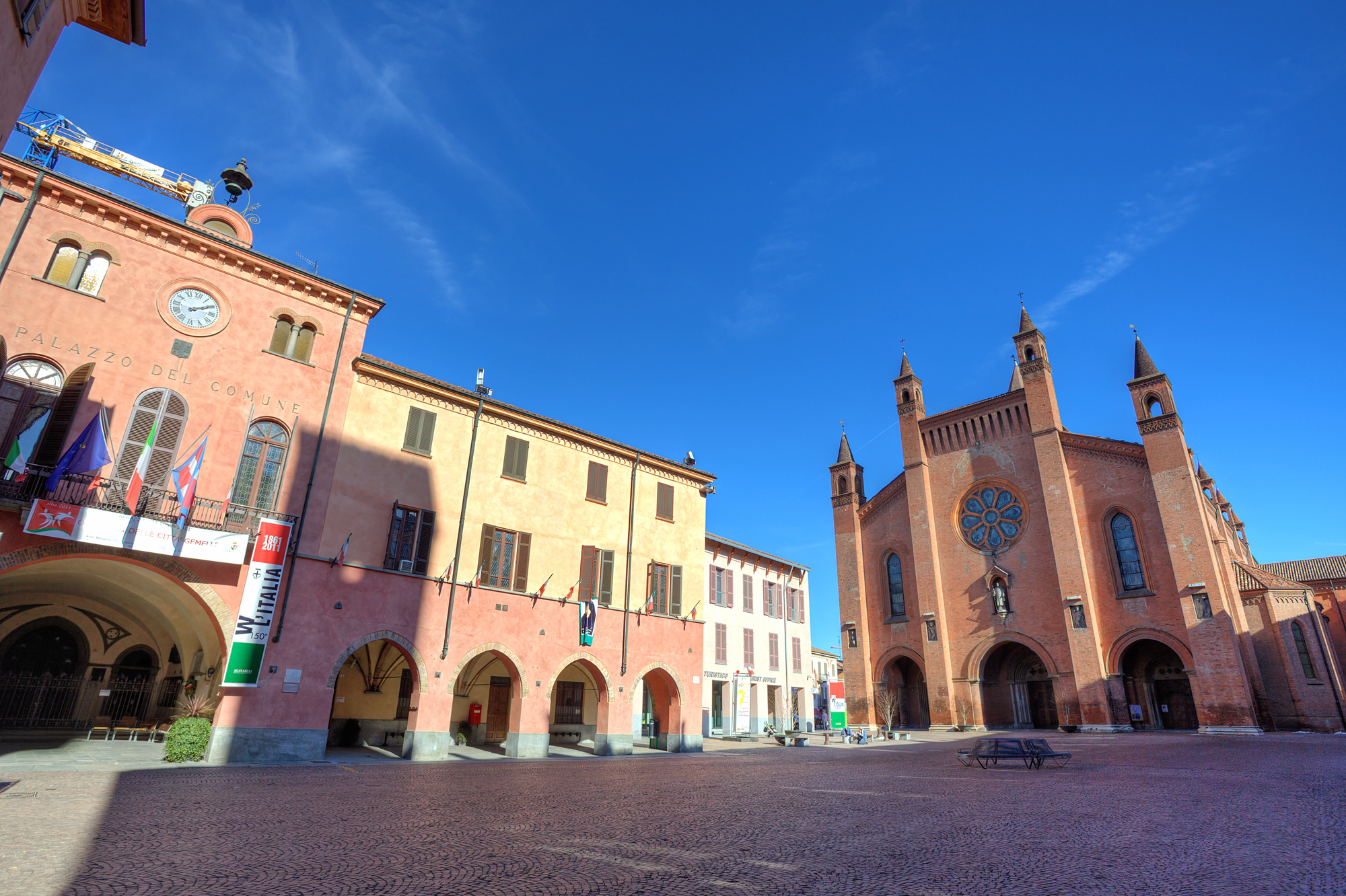
This Piedmont village stands as the undisputed capital of the prized white truffle, hosting the world-renowned International White Truffle Fair each autumn. The surrounding hills of the Langhe region produce some of the most aromatic and expensive truffles on earth, fetching up to $4,000 per pound.
Local hunters maintain secretive family hunting grounds passed down through generations, often going out before dawn to avoid revealing their prized locations.
Acqualagna
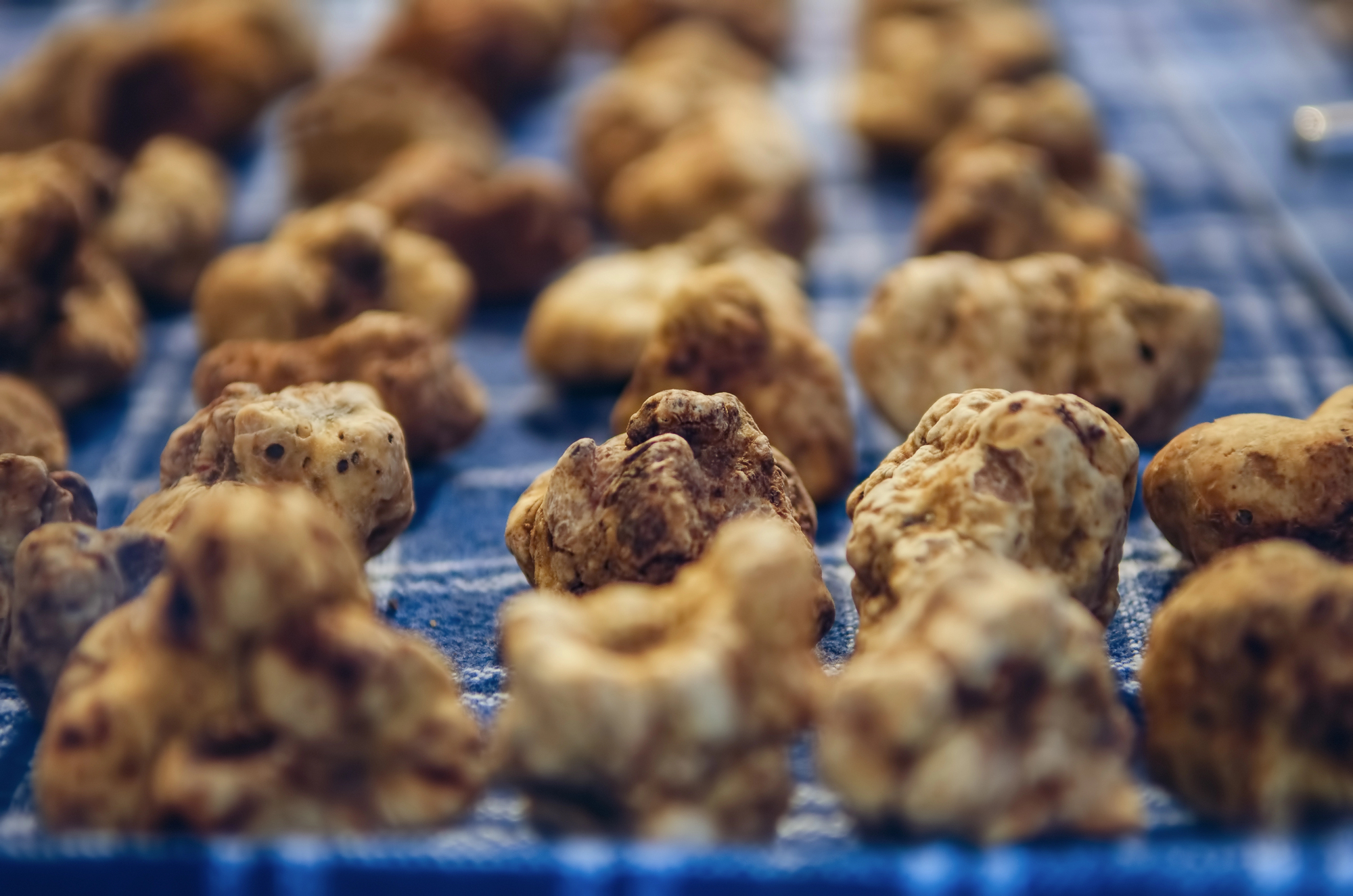
This small village in Le Marche produces nearly two-thirds of Italy’s black truffle harvest despite having fewer than 5,000 residents. The community celebrates truffles with three dedicated festivals spanning different seasonal varieties throughout the year.
The local truffle economy supports everything from specialized nurseries growing truffle-producing saplings to artisanal producers making truffle-infused products.
San Miniato
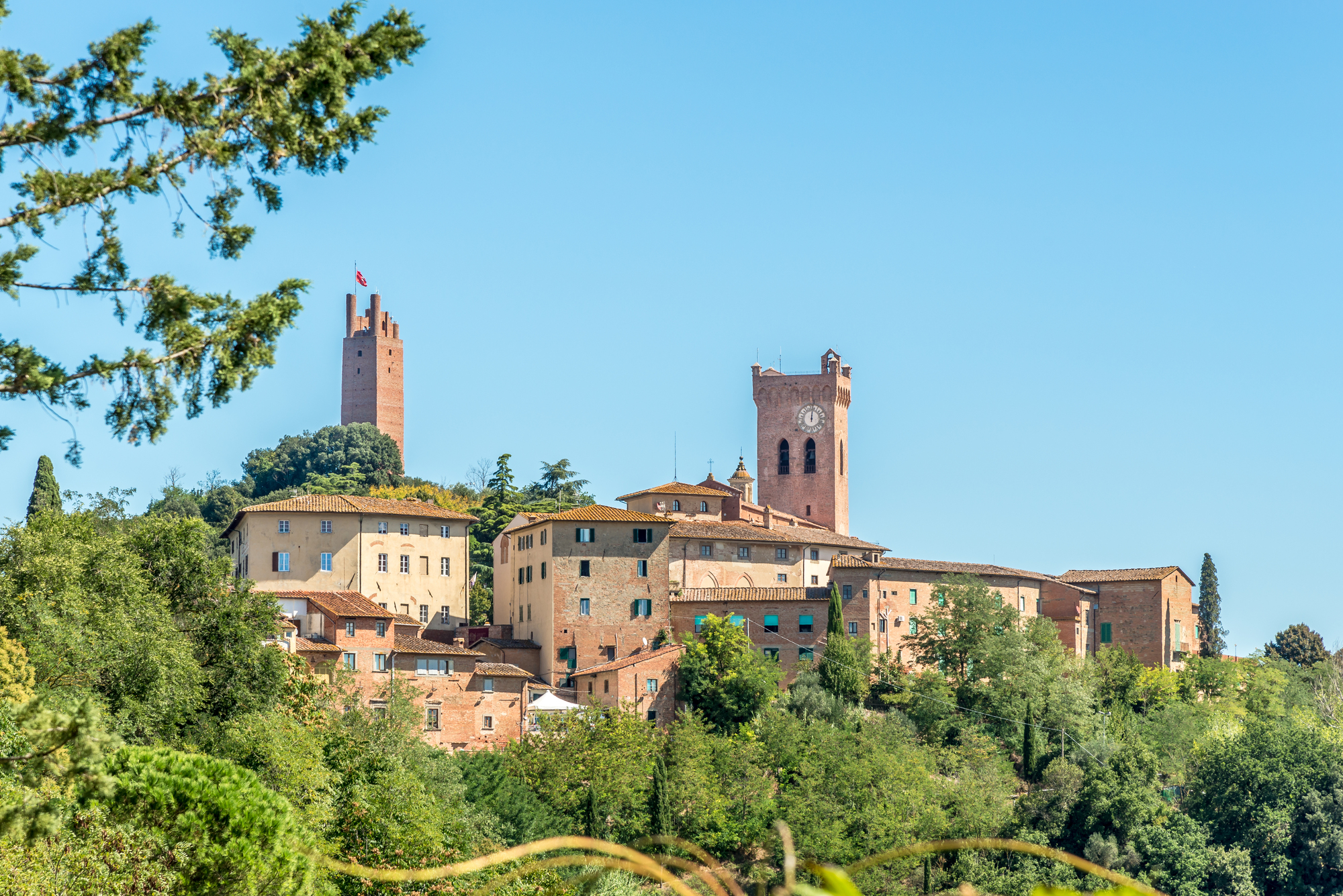
Nestled between Florence and Pisa, this medieval Tuscan village hosts some of Italy’s most valuable white truffle grounds. The annual truffle festival in November transforms the tiny historic center into a bustling marketplace for these aromatic treasures.
Local hunters work with dogs specially bred for their sensitive noses and gentle retrieval methods that prevent damage to the delicate fungi.
Like Travel Pug’s content? Follow us on MSN.
Norcia
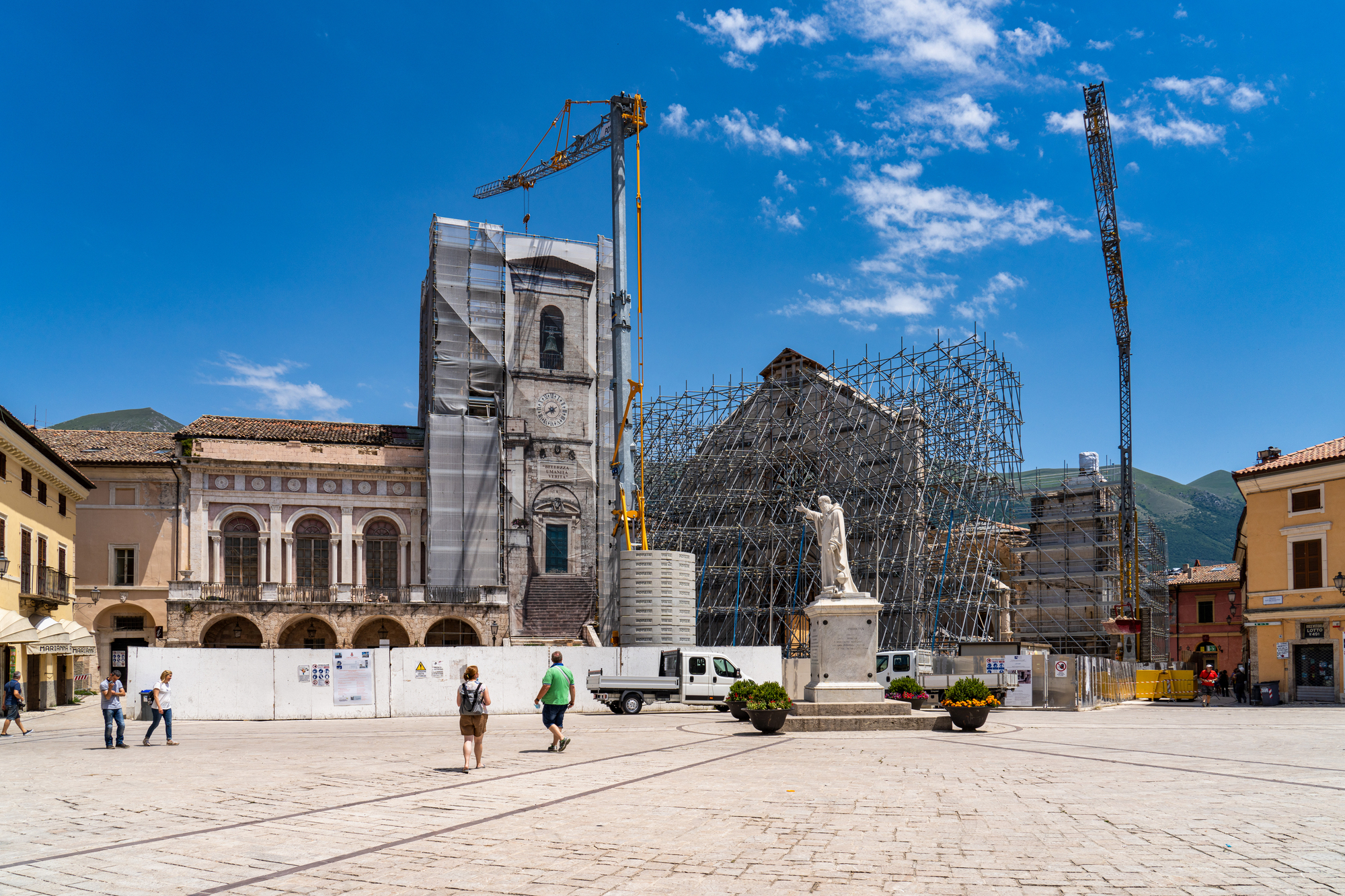
This Umbrian mountain village maintains ancient black truffle traditions dating back to Etruscan times. The forested slopes of the Sibillini Mountains provide ideal conditions for the highly-prized black summer truffle variety.
Generations of families have developed special techniques for preserving their harvest, with some traditional methods involving burying truffles in rice to maintain optimal moisture levels.
Sant’Agata Feltria
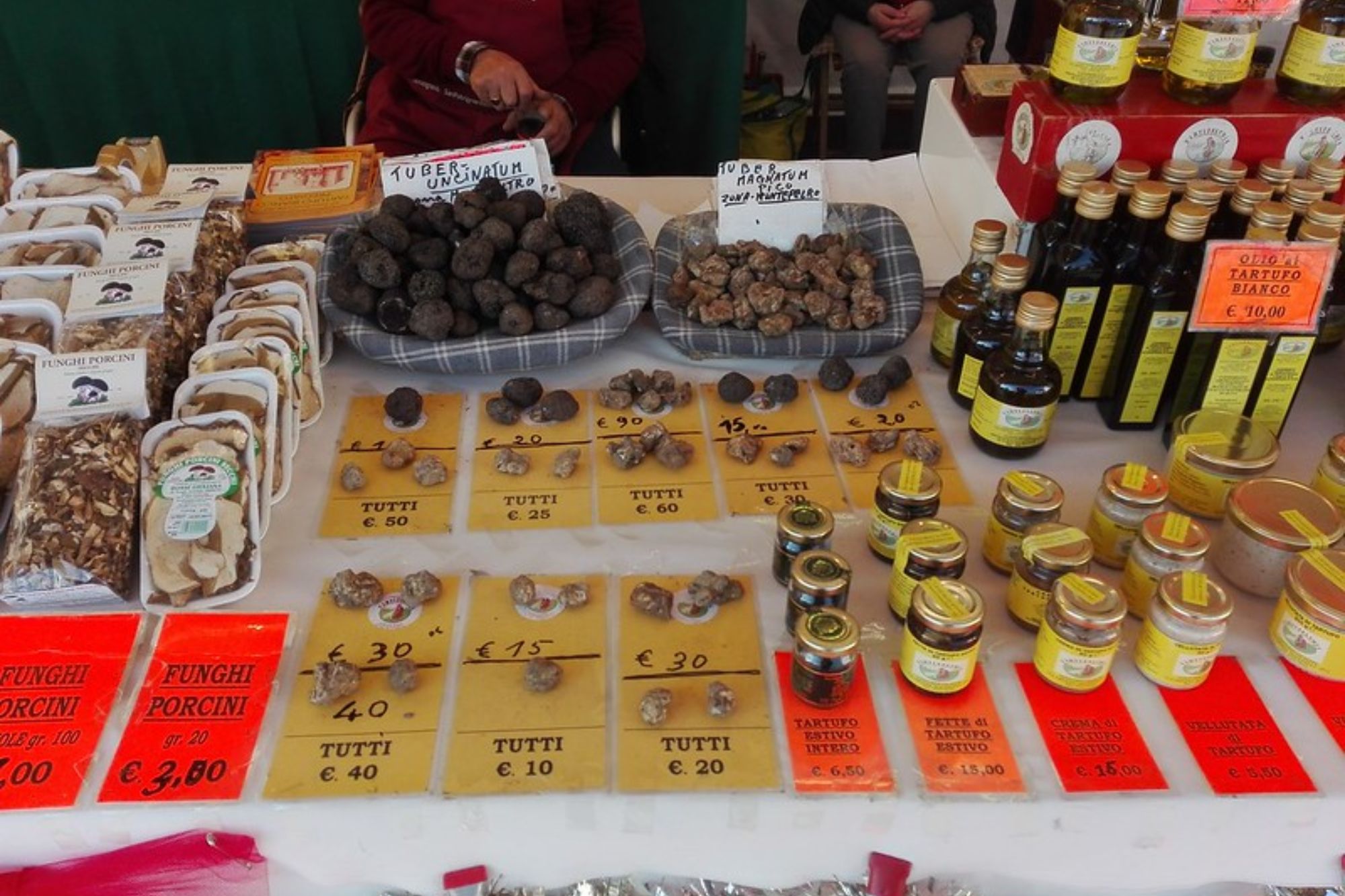
This tiny village in Emilia-Romagna transforms every October for the National White Truffle Fair which doubles the town’s population. The medieval fortress provides a dramatic backdrop for the truffle market, where hunters display their finds on beds of rice.
The village cooking school specializes in teaching visitors the deceptively simple techniques for properly cleaning and preparing fresh truffles.
San Giovanni d’Asso
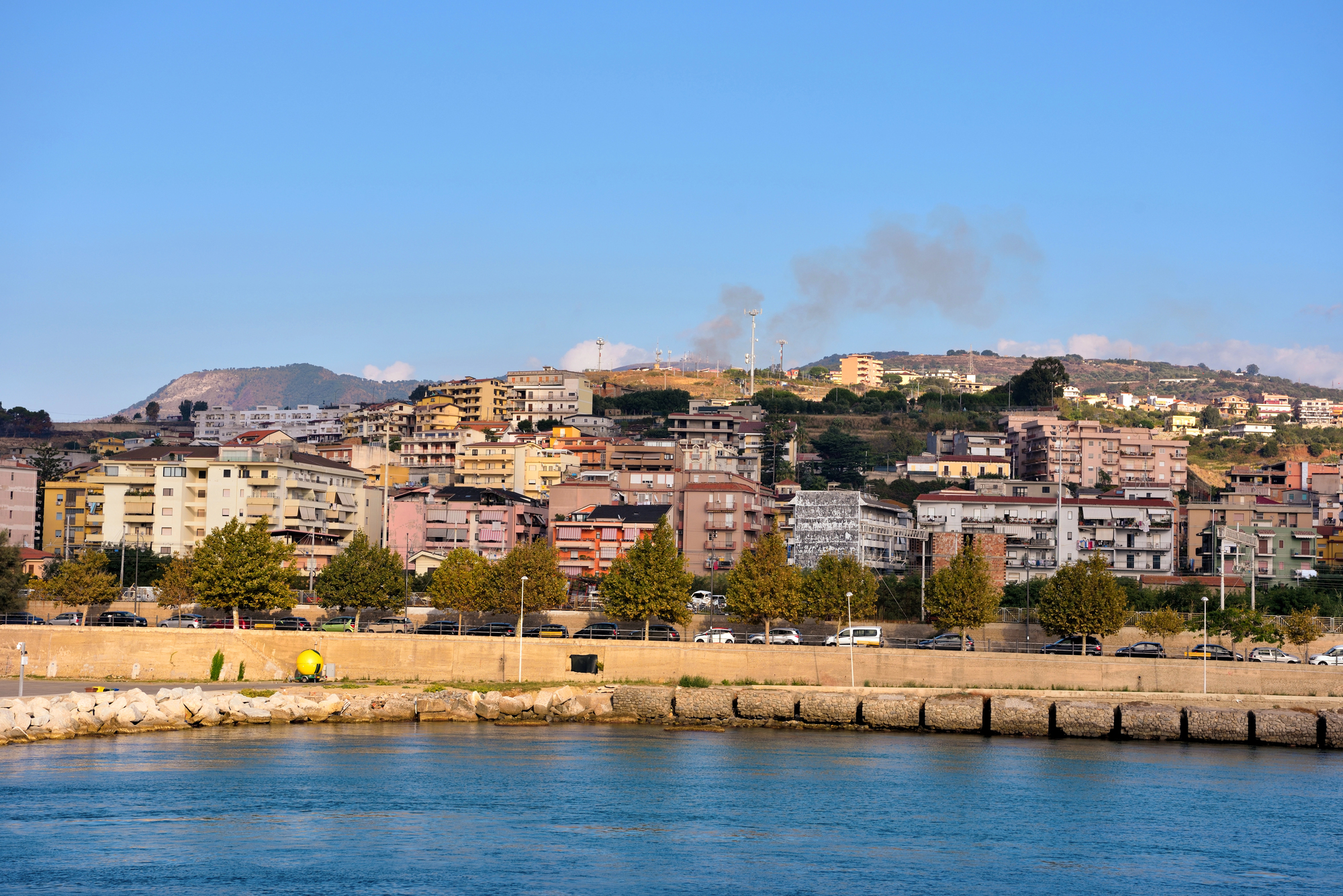
This Tuscan hamlet houses the only dedicated truffle museum in Italy inside a 13th-century castle. The surrounding Val d’Orcia landscape yields exceptionally fragrant white truffles with distinctive characteristics from the region’s unique soil composition.
Village restaurants maintain special relationships with local hunters who provide them with first access to exceptional specimens before they reach wider markets.
Like Travel Pug’s content? Follow us on MSN.
Pietralunga

This medieval Umbrian village centers its cultural identity around the black truffle, celebrating with a major festival during its October harvest peak. The surrounding oak forests provide perfect conditions for truffle growth in soil that locals claim imparts a distinctive flavor profile.
The village cooperative connects hunters directly with buyers, ensuring fair prices and maintaining the sustainability of truffle territories.
Calestano
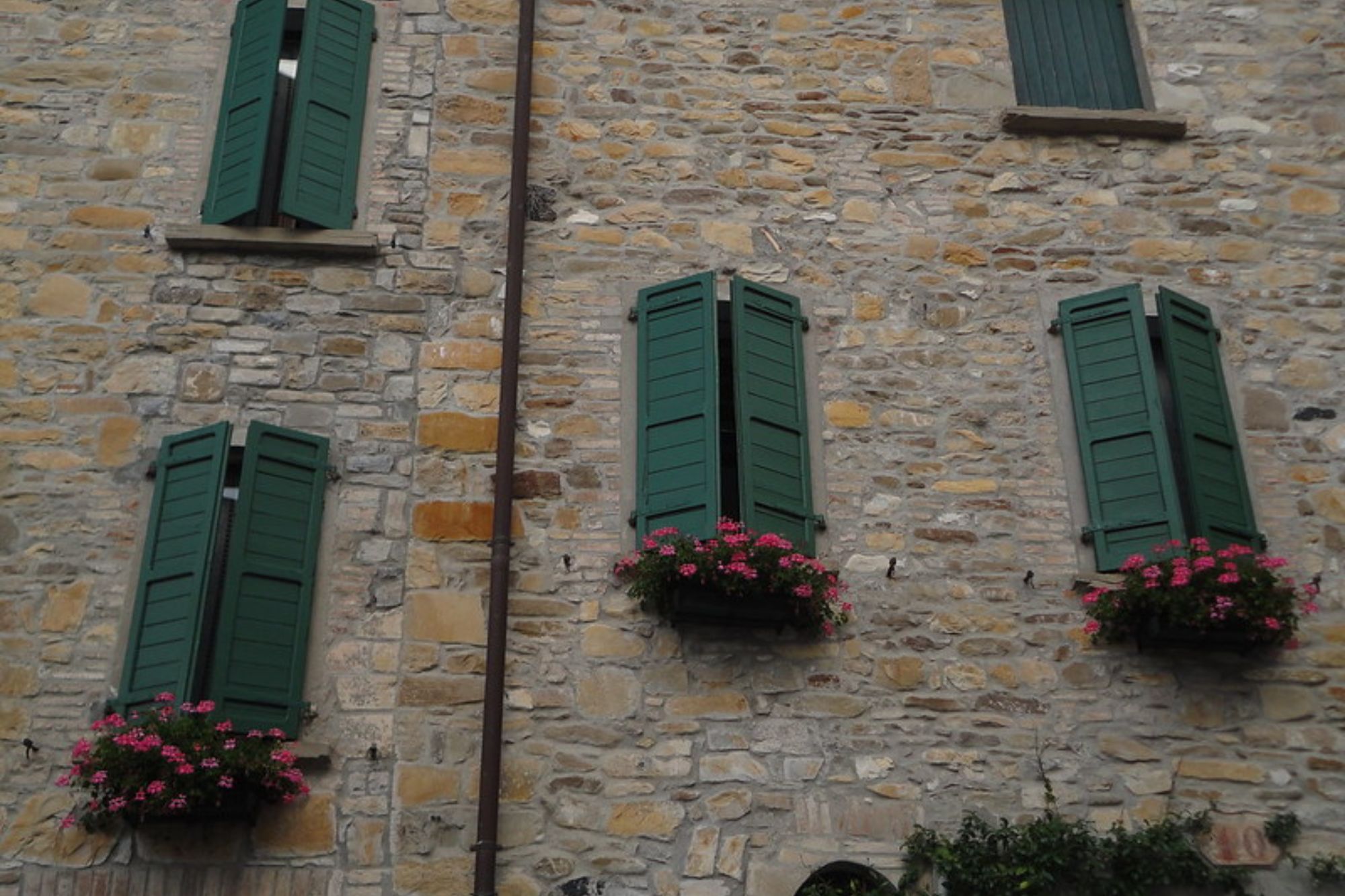
This village in Emilia-Romagna specializes in the rare black autumn truffle, celebrating with a November festival spanning four consecutive weekends. The surrounding Baganza Valley creates unique microclimates where truffles develop different characteristics depending on elevation and tree species.
Village schools include truffle education in their curriculum, teaching children identification skills and conservation practices from an early age.
Bergolo
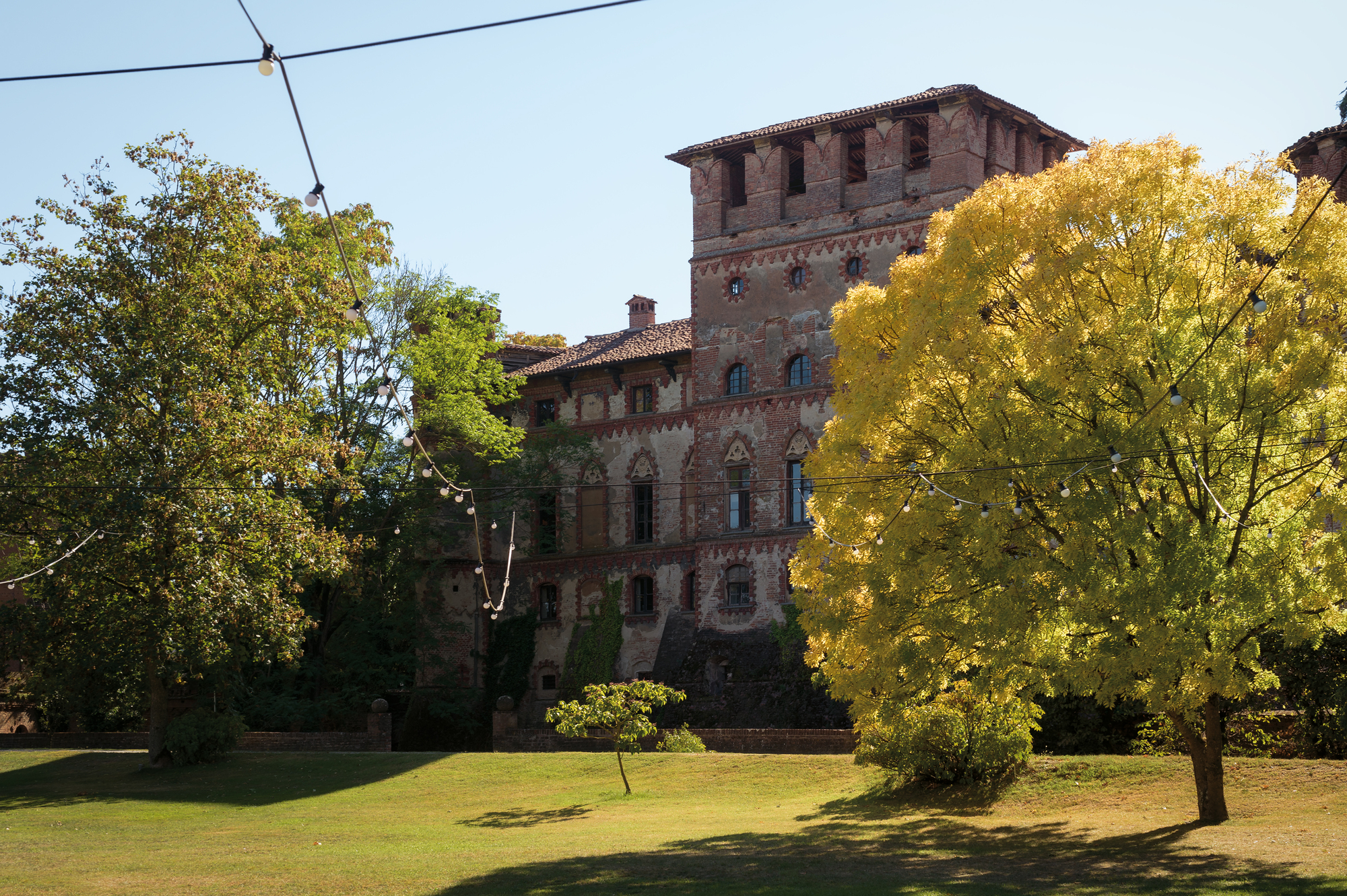
Known as ‘The Stone Village’ for its distinctive architecture, this tiny Piedmont community sits amid prime white truffle territory. The village has fewer than 100 residents but supports several truffle-focused businesses and experiences for visitors.
Local truffle hunters often tell of the ‘magnificent seven’ – legendary truffle-producing trees that have yielded extraordinary specimens for generations.
Like Travel Pug’s content? Follow us on MSN.
Savigno
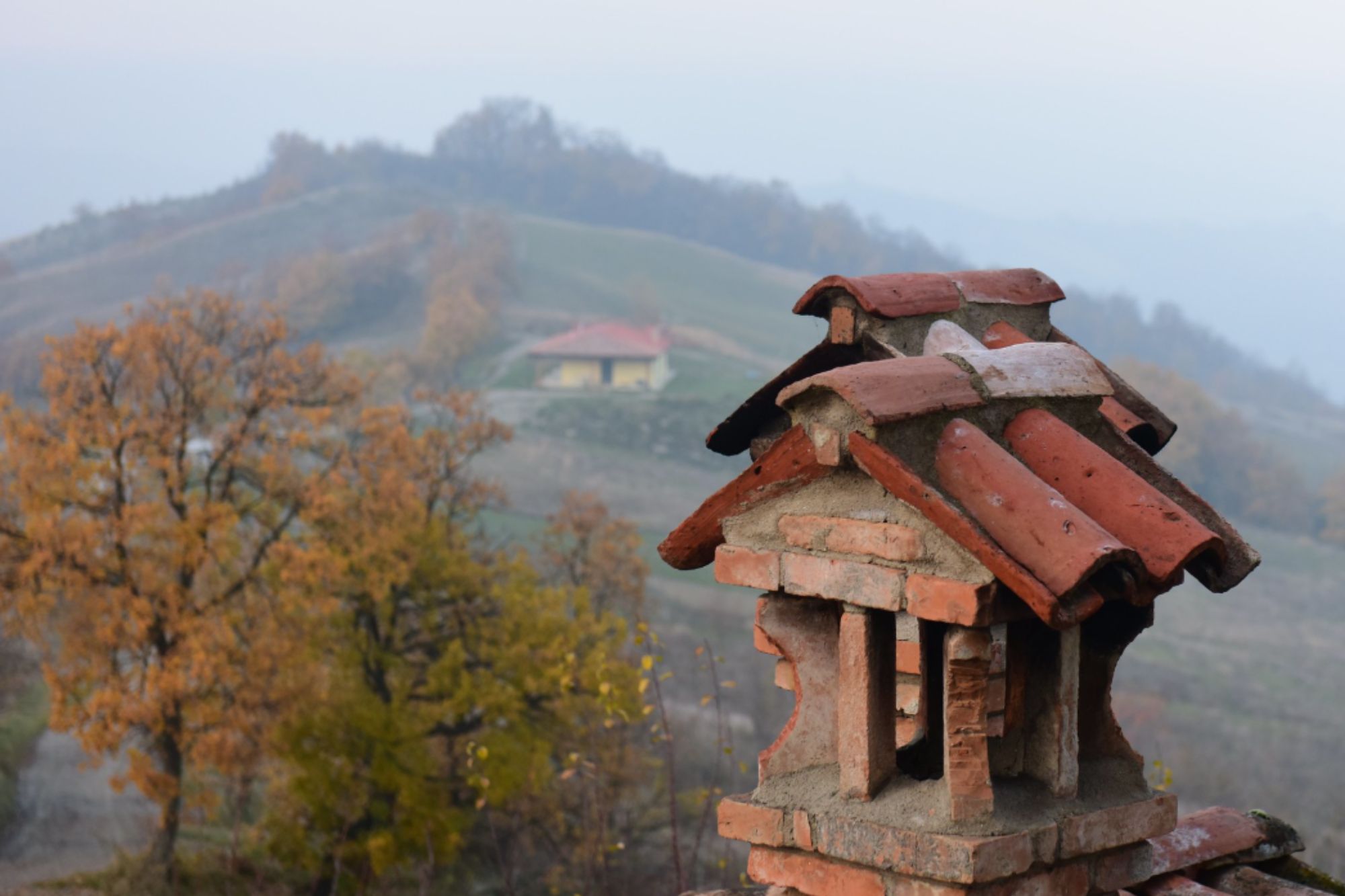
This village near Bologna carries the official designation ‘City of the Truffle’ and focuses primarily on the autumn black truffle variety. The local culinary tradition has developed countless preparations beyond the classic shaved-over-pasta approach that most outsiders know.
Hunter families often maintain their own hand-crafted tools for extracting truffles from the soil with minimal disturbance to ensure future growth.
Campoli Appennino
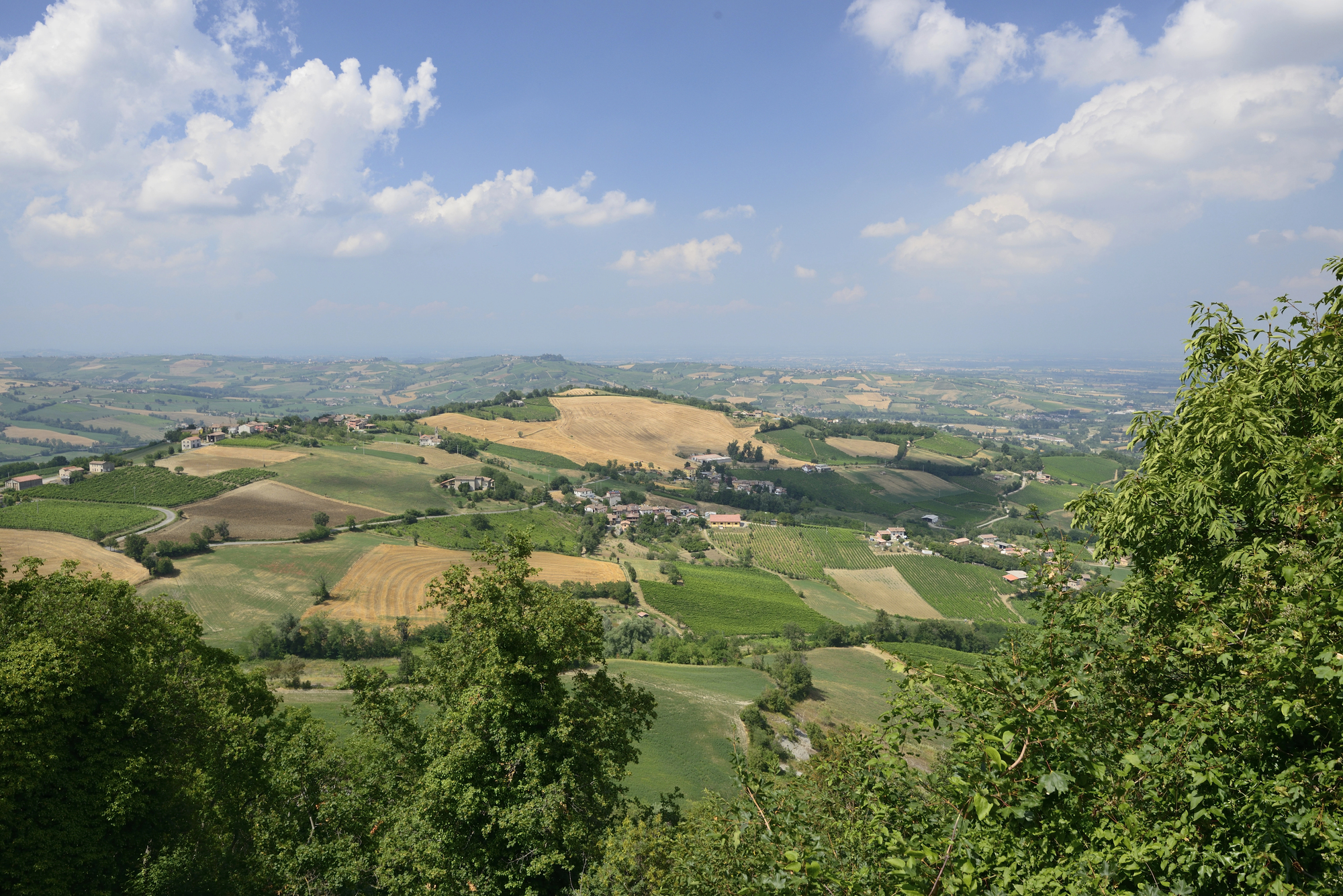
This central Italian village in the province of Frosinone surrounds itself with forests producing multiple truffle varieties year-round. The community recently established a ‘truffle academy’ teaching visitors traditional hunting methods using authentic approaches.
Village regulations strictly control when and how truffles can be harvested, with significant penalties for those who hunt out of season or use improper techniques.
Bagnoli Irpino
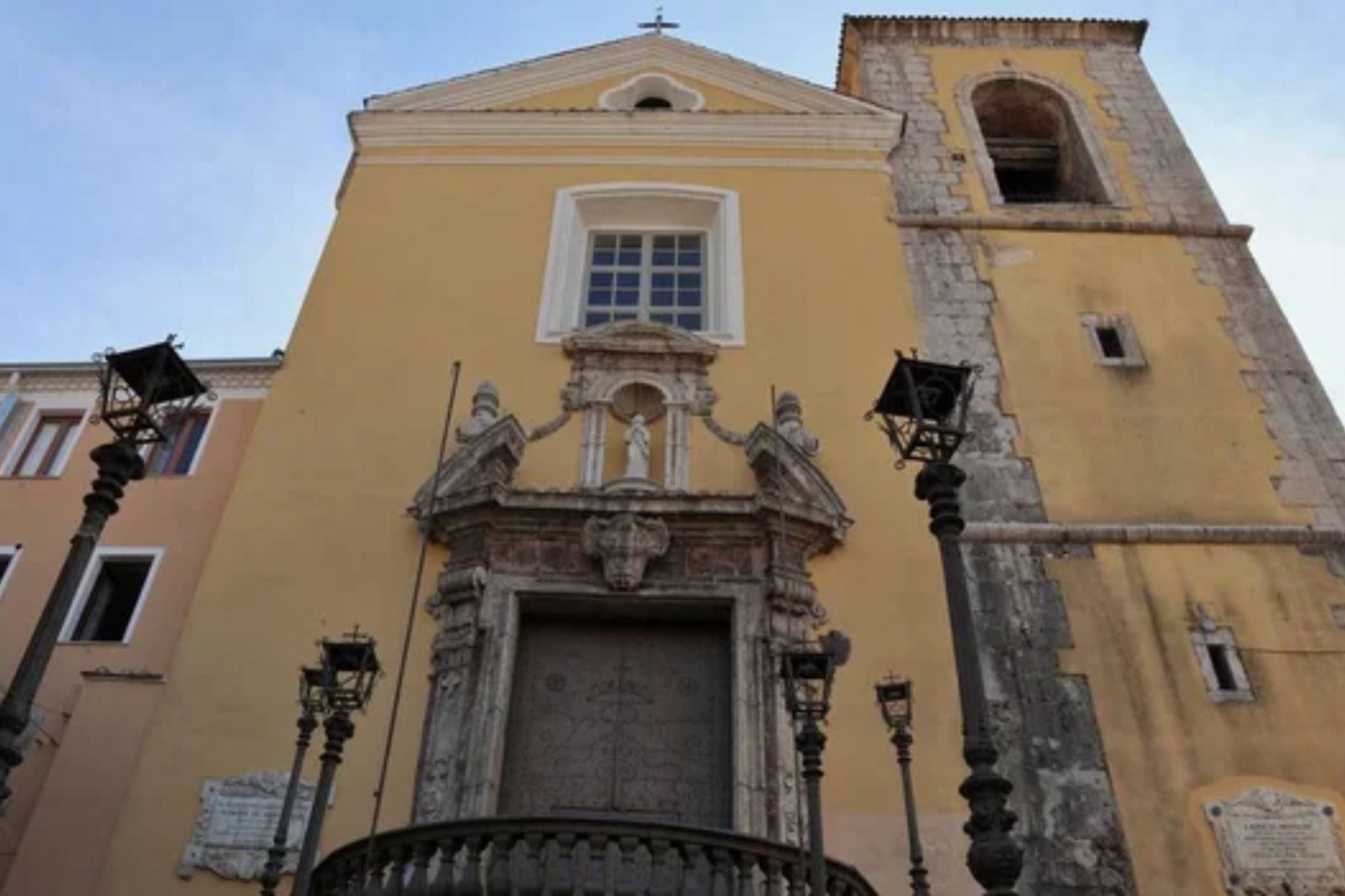
This southern Italian village in Campania hosts a black truffle fair that combines hunting culture with the local chestnut harvest. Hunters in this region pair their truffle-hunting dogs with pigs in a traditional technique rarely seen elsewhere in modern Italy.
The village cooperative funds a research program studying climate change impacts on truffle production and developing adaptation strategies.
Like Travel Pug’s content? Follow us on MSN.
Palaia
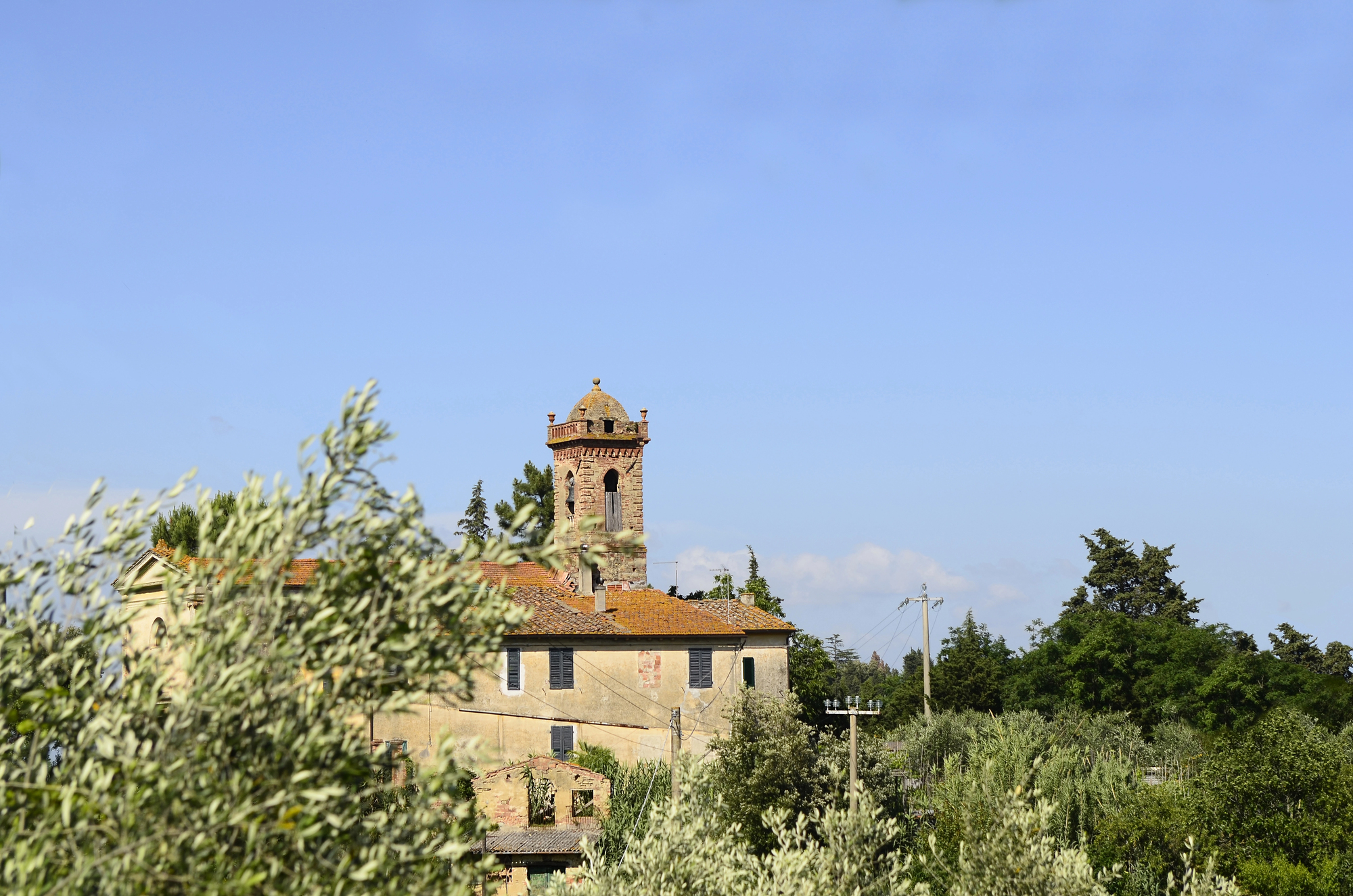
This picturesque Tuscan village offers year-round truffle experiences with four different varieties found in its surrounding woods. The community embraces truffle tourism as a sustainable alternative to more environmentally impactful development options.
Local hunters maintain careful maps tracking the health of truffle-producing areas, treating particularly productive spots with the reverence others might reserve for cultural monuments.
Earthy Treasures
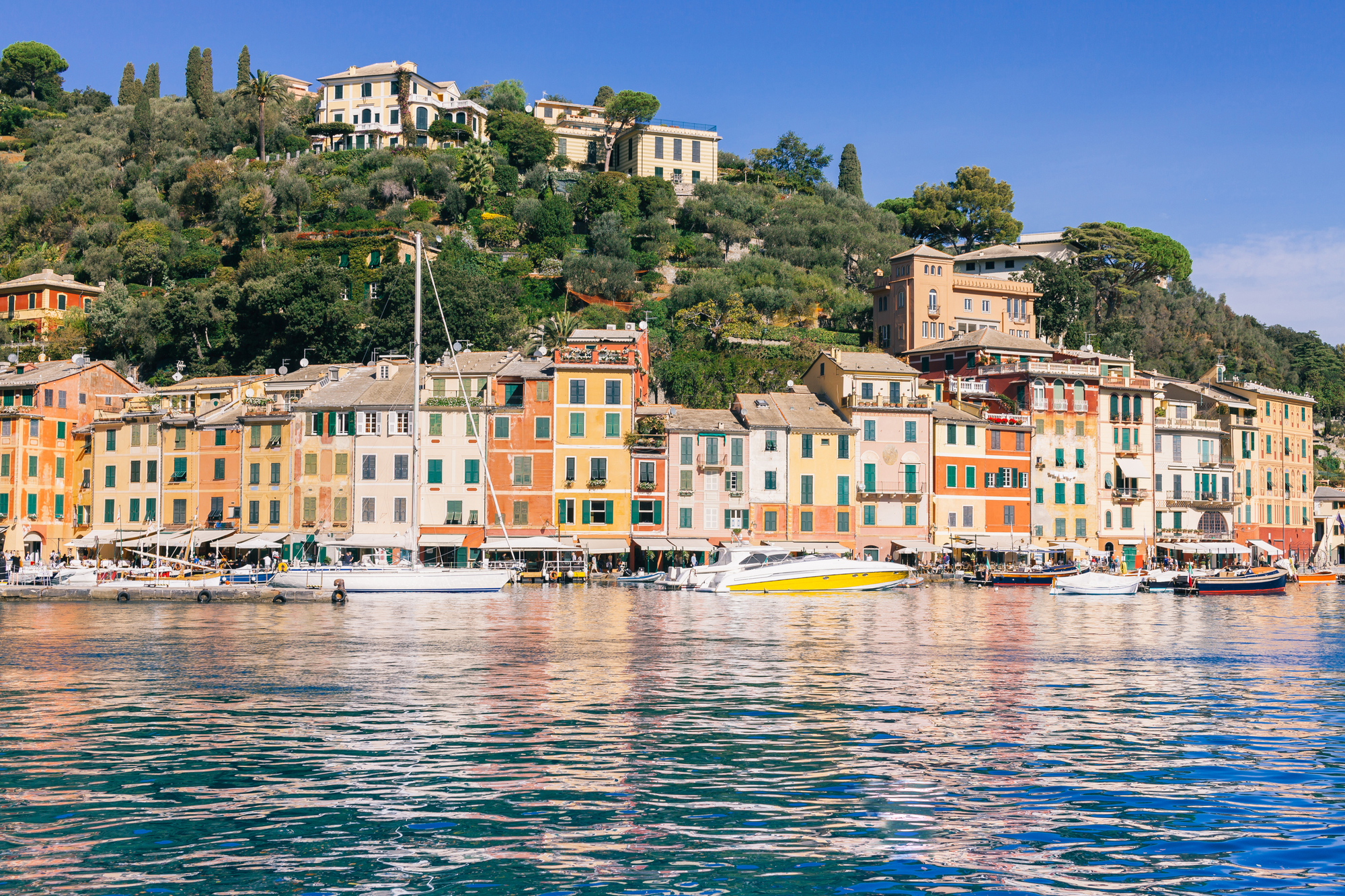
These villages demonstrate how a single prized ingredient can shape entire communities and preserve traditional ways of life. The relationship between hunter, dog, forest, and fungi creates a cultural ecosystem as complex and balanced as the natural one producing the truffles themselves.
As interest in authentic food experiences grows, these truffle villages offer a perfect blend of gastronomic heritage and natural beauty while maintaining traditions that connect modern visitors to ancient practices.
More from Travel Pug

- Cities Growing so Fast You Won’t Recognize Them in 10 Years
- 13 Destinations Where Tourists Regularly Regret Their Trip
- 16 U.S. Cities That Are Quietly Becoming Travel Hotspots
- Where to Travel If You Love Long Bus Rides and Daydreams
- 20 Cities Perfect for Solo Travelers Who Crave Adventure & Culture
Like Travel Pug’s content? Follow us on MSN.
